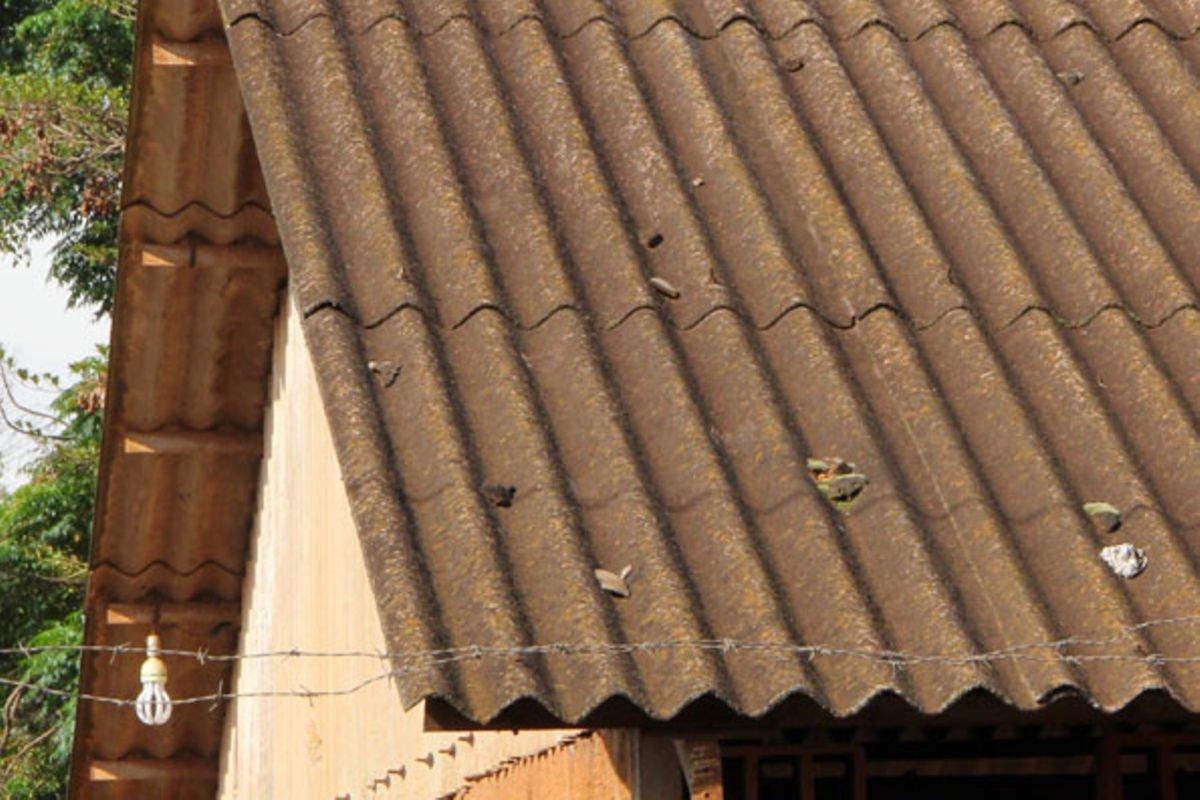Africa-Press – Uganda. On Thursday last week, Ugandans woke up to the news of the death of Gen Elly Tumwine. The National Resistance Army (NRA) bush war hero died at a hospital in Kenya’s capital, Nairobi, where he was being treated for lung cancer.
In a follow-up story, this newspaper sought to find out about the prevalence rate of lung cancer in Uganda and some of the causes.
In an interview with Monitor, the head of cancer prevention at Uganda Cancer Institute (UCI), Dr Noleb Mugisha, said although lung cancer is not very common in Uganda, the major causes include smoking tobacco or inhaling any kind of smoke from the environment.
He also added that inhaling asbestos fumes can cause cancer. Many structures in Uganda built in the 1950s and 1960s were roofed using asbestos. And most of these structures include government buildings and traditional schools.
At the beginning of 2002, ministry of Education directed school head teachers to replace all asbestos roofs. It was after a warning from National Environment Management Authority (Nema) about the health and environmental hazards associated with asbestos.
But 20 years later, we are still moving at snail’s pace in reducing exposure to asbestos which has been linked to diseases such as mesothelioma, lung cancer and asbestosis.
The World Health Organisation says worldwide about 125 million people encounter asbestos in the workplace, and the International Labour Organisation estimates that 100,000 workers die each year from asbestos-related diseases.
Thousands more perish from environmental exposure to asbestos. Some experts predict that more than one million new deaths by 2030 could be linked to asbestos exposure, with the toll increasingly centred in developing countries.
Ugandans have made strides getting rid of asbestos, but many buildings, including housing units for the security forces and schools, remain covered by asbestos roofs.
As Dr Mugisha explained, as asbestos gets old, it releases particles in the air which can be inhaled by those near it. Experts say although exposure to asbestos may not show in the short term, to could take anywhere from 10 to 20 years and of which it could be too late to treat.
We, therefore, call upon all those responsible to make sure we deal with exposure to asbestos before the bomb on which we sit explodes.
Government should priorities reroofing of its old houses. The public, especially through the old boys and girls associations, should mobilise resources to see to it that old schools reroofed.
For More News And Analysis About Uganda Follow Africa-Press






